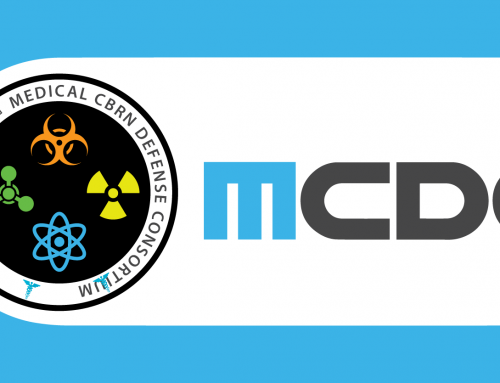
Teledyne FLIR, a nontraditional defense contractor and Countering Weapons of Mass Destruction (CWMD) Consortium member, was awarded a contract to develop the first mass-wearable chemical detector for the armed forces. The award was made through an Other Transaction Agreement with the CWMD Consortium.
The CWMD Consortium facilitates the research and development of technologies that detects chemical threats to stop attacks before they occur. The wearable chemical detector initiative provides unprecedented chemical threat awareness for U.S. troops and allows them to perform their missions with greater safety.
Teledyne FLIR’s dual-sensor device will detect chemical warfare agents, toxic industrial chemicals, flammable gases, and enriched or depleted oxygen levels that may signal an explosive atmosphere. The sensor alerts the wearer of imminent danger, letting him/her know whether the air is safe to breathe and if a weapon can safely be fired without threat of explosion. The sensor can also be integrated into an unmanned aerial system for remote reconnaissance.
Previously, troops relied on larger devices and alarms for entire units, rather than individual wearable sensors. The new, lightweight sensor is aimed at protecting U.S. soldiers and Marines during ground operations.
The OT consortium model is effective at encouraging the participation of nontraditional companies that don’t typically participate in federal R&D. These nontraditionals have proven to be new and innovative sources for emerging technologies that protect and enable our military.
About the Countering Weapons of Mass Destruction Consortium:
The CWMD Consortium focuses on research and development of technologies to detect, prevent, and protect against weapons of mass destruction. The consortium is comprised of a mixture of traditional and non-traditional contractors, small businesses, for-profit and not-for-profit entities, and academia, representing the key players in the industry. The CWMD Consortium is supported by Advanced Technology International.










